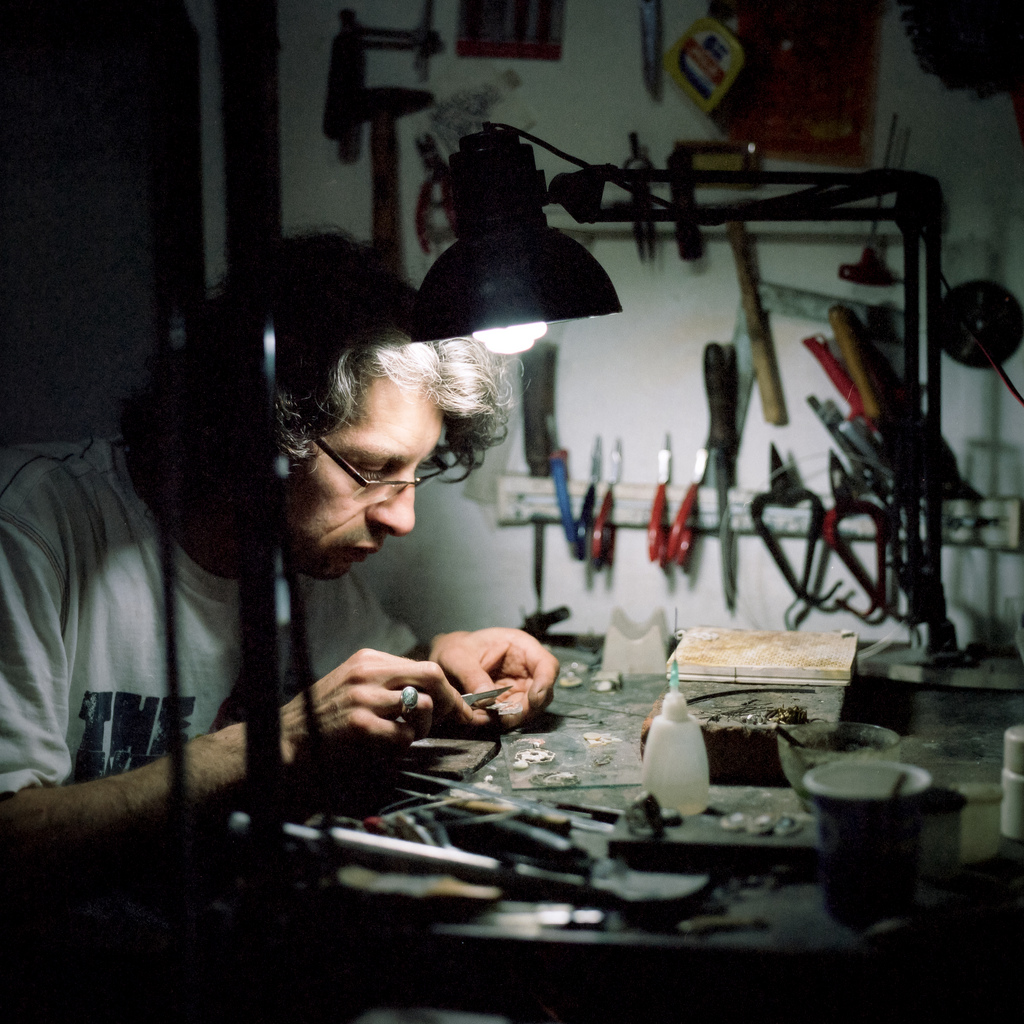This is the fourth part of a five part series inspired by Seth Godin’s book Linchpin. Make sure you read the first part giving an overview of the 4 tips to build a linchpin team.
“True art is characterized by an irresistible urge in the creative artist.” — Albert Einstein
There are a lot of factories out there – maybe more than you know. Seth Godin defines a factory as “a place where people go to do what they are told and earn a paycheck.” It is hard to excel in this ‘factory’ and virtually impossible to find the passion needed to become an artist. To become an artist, you need the autonomy to create something new and take on the status quo. To build a team of artists, you must help people cultivate what they are passionate about or even guide them to something they can become passionate about.
- 2 elements you need have a team of artists:
- Autonomy to create something new
- Help people cultivate their passions
Following instructions well, doing what is expected, and showing up on time are all signs of a good worker. However, these are not inherent characteristics of the much-needed artist in today’s workplace. Today’s workplace needs what Seth Godin refers to as linchpins: Workers willing to go above and beyond the mentality of the status quo follower that has offered security to the workforce for more than a century.
To become an artist, you need to have your work constitute as something that you are passionate about. If I was in a dream job that perfectly aligned with my passions then this stuff would be a no-brainer right? Godin explains that,
“Transferring your passion to your job is far easier than finding a job that happens to match your passion.”
You and your team members need to find out the different things you can become passionate about, focus your energy on those, and thrive.
Nicolas is one of the incredible artists here at Newmind. One of Nicolas’ passions is process. He has a passion to constantly improve the processes around him. It is such a foreign thing for me to connect with art and passion but it is clear when you watch an artist work. As Godin says,
“There are artists who work with numbers, business models, and customer conversations. Art is about intent and communication, not substances.”
I don’t know a great way to teach passion, become an artist at work, and fill your job with creativity. However, a great step in the right direction is just knowing that these characteristics are becoming more and more valuable in the workplace. Let your team know that this is important to you and allow yourself the freedom for these passions to develop.
What are you passionate about in your workplace?

